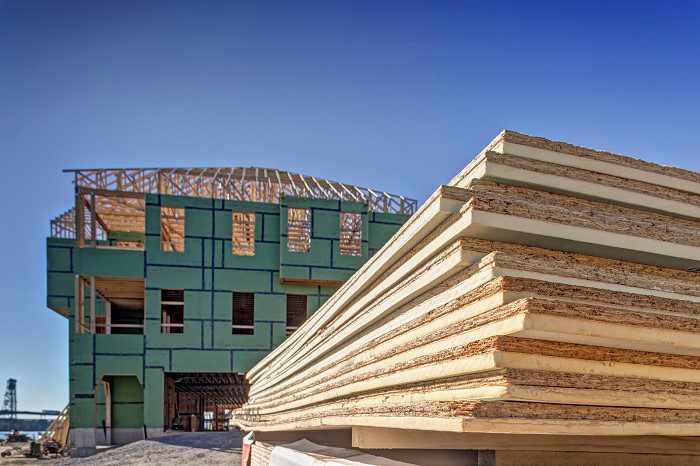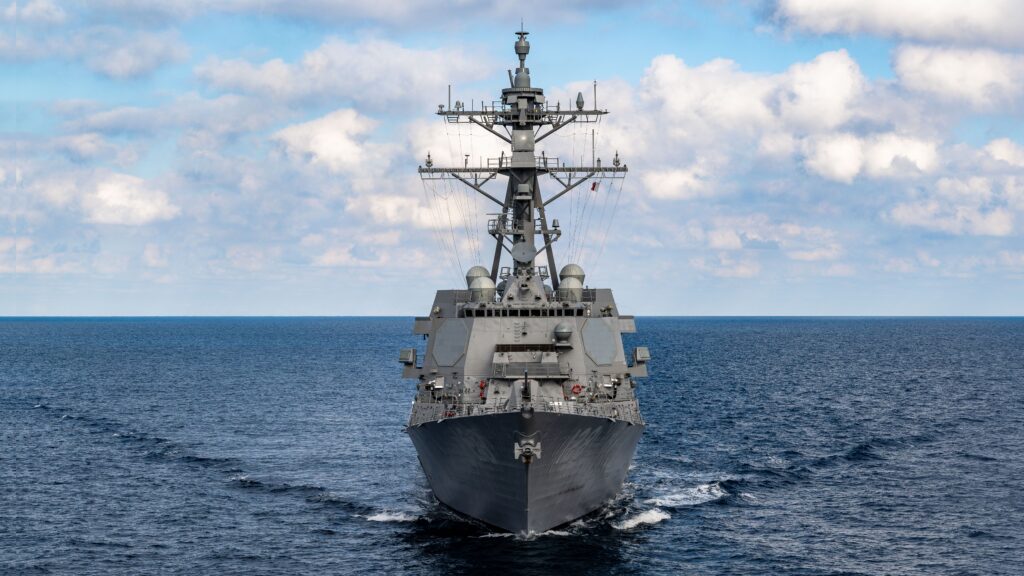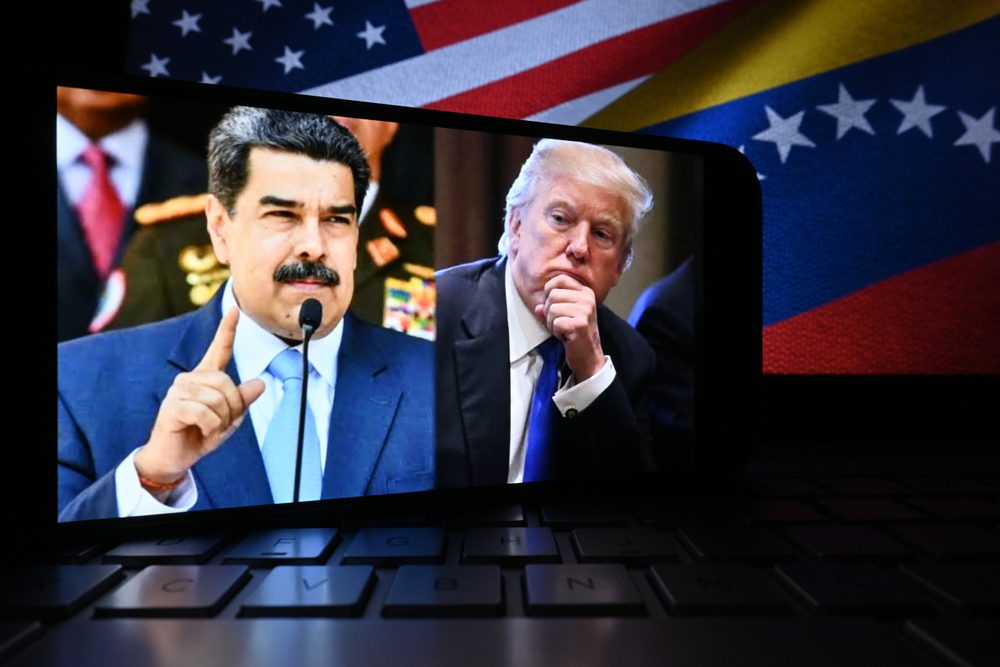
(Photo from Phil Hardwick)
Magnolia Tribune business columnist Phil Hardwick recently returned from an Icelandic tour. Here’s what he discovered about the country’s tourism, culture, energy, and how Iceland went bankrupt and then recovered.
Imagine a place where the literacy rate is over 99%, tourism is flourishing, and the crime rate is among the lowest in the world. It’s no wonder it’s also a place that rates high each year on the happiness index. No, it’s not Lake Woebegone. It’s Iceland.
I recently spent 10 days in “The land of fire and ice” doing the customary touring but also learning more about this economic development miracle in a place where 20 years ago the economy was all about fishing and aluminum smelting. During the past 23 years, it endured natural disasters, went bankrupt, rebounded, and today is so popular that there was discussion last year about limiting the number of visitors to the country. How did all this happen?
Ironically, in 2010, an economic development group from Mississippi could not get back to the United States on their scheduled flight because of a volcano that had spewed ash high into the atmosphere, disrupting air travel for six days. At that time, the movers and shakers in Iceland began discussing how they could use the volcano and other things about increasing visitors to Iceland. In this column, I’ll look at what I discovered about tourism, culture, energy, and how Iceland went bankrupt and then recovered.
Tourism
If the 2010 eruption brought attention to Iceland and kept people away, other volcanoes since then piqued the interest of tourists and their desire to visit Iceland and see things up close. There are approximately 130 active volcanoes. There are several near Reykjavik, the capital. There are now numerous guided tours of the country’s volcanoes there are even some tours that will let you go into a dormant volcano. If volcanoes are the fire in Iceland, then glaciers are the ice. There are numerous tours to visit glaciers and their waterfalls. Another tourist draw was created by the HBO series Game of Thrones, of which many scenes were shot in Iceland.
This year, over 3 million tourists are expected to visit Iceland. The tourism industry accounts for 15% of the workforce. Speaking of the workforce, I learned that there are now almost 10,000 workers who have been imported to Iceland to handle the needs of the tourism industry. By the way, Iceland has a population of just over 333,000 people.
Culture
Iceland has a passion for books. Each November, every household receives a free catalog, listing every book to be published in the coming weeks. This marks the period known as the “Christmas book flood.” It is common in Iceland to give a book as a Christmas present on Christmas Eve. Iceland publishes more books per capita than any other country.
I commented to a taxi driver that I had been in the country a week and hadn’t seen any police. He launched into a dissertation about the crime-free environment and pointed out that even the police don’t carry guns. Interestingly, I learned that in spite of that fact, approximately 30% of Icelanders own guns. Most are rifles, and registration is required.
Energy
My wife and I stayed in an apartment within walking distance of the old harbor. Outside temperatures never got above the 40s, but our abode stayed warm and cozy thanks to a radiator in each room that could be adjusted. Inside the radiator was a water of 176 degrees circulating. It was pumped directly from the Earth.
Most of the country’s hot water is from geothermal. Iceland also produces about 30% of its electricity at geothermal power stations. The rest is hydroelectric, making extensive use of Iceland’s waterfalls which come from the glaciers. Even in the smaller towns we visited, hydroelectric was the main source of electrical generation thanks to the waterfalls from the glacier runoff. Geothermal energy powers all buildings in Reykjavik.
Bankruptcy and recovery
In 2001, Iceland deregulated the banking industry. Basically, the country and some business leaders strategized that one path to economic development was to bring more capital into the country by offering higher interest rates than available elsewhere. Indeed, some banks were paying 15% on investments while in Europe the going rate was around five percent.
Within a few years, the country’s largest banks had amassed assets that were 10 times as large as the country’s annual GDP. This, of course, resulted in Iceland’s currency, the kronur, being severely overvalued and inflation in the country.
Along came 2008 and the Lehman Brothers bankruptcy and the financial crisis in the U.S. The three large private banks asked for government help, but the Central Bank had only a fraction of the assets needed to repay the private banks’ debts. Eventually, the International Monetary Fund loaned the country $2.1 billion. Since then, Iceland has been making steady progress in repaying the loan thanks to the increase in tourism and new companies located there.
In contrast to the United States, 26 bankers were sent to jail for market manipulation after the 2008 banking collapse.











